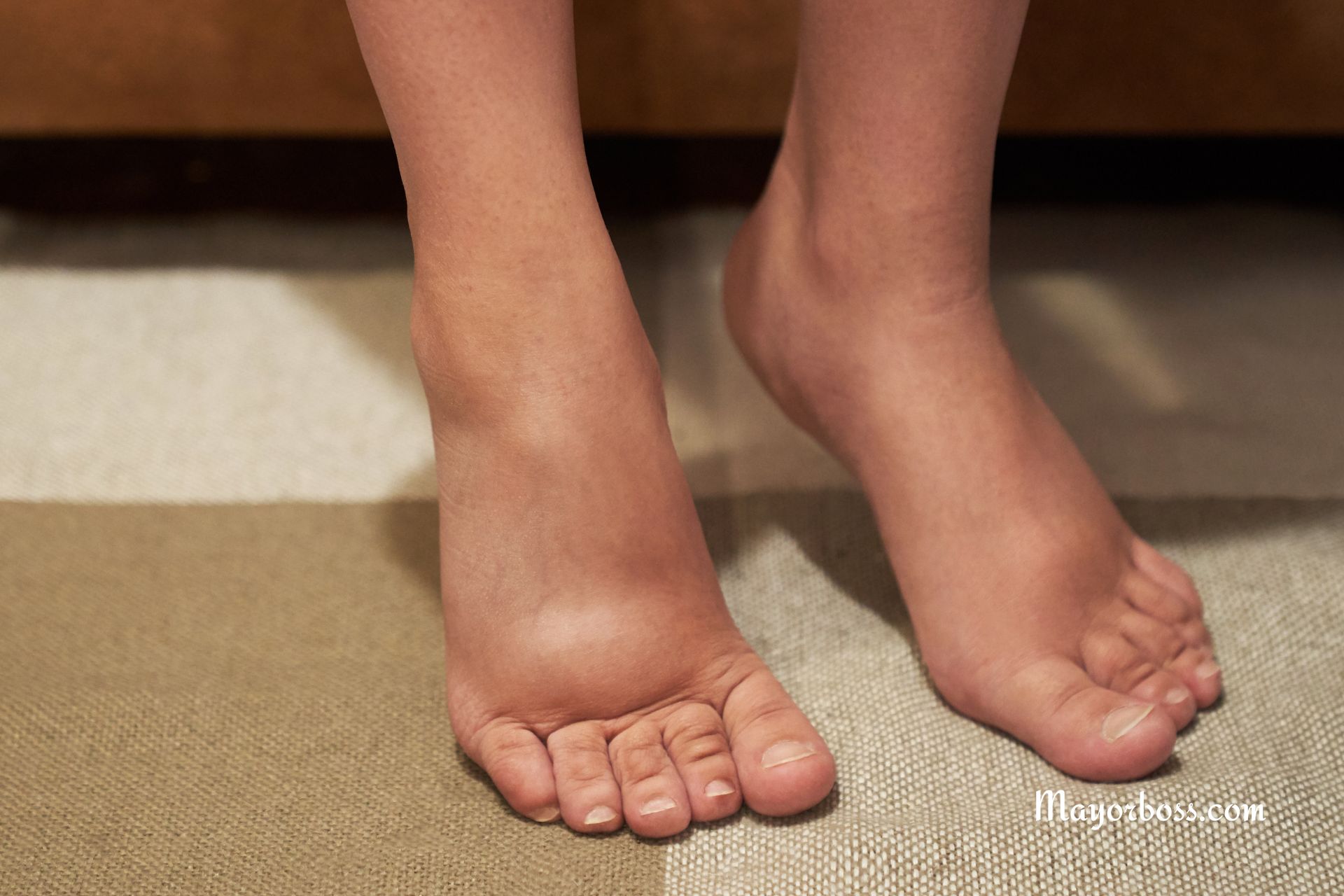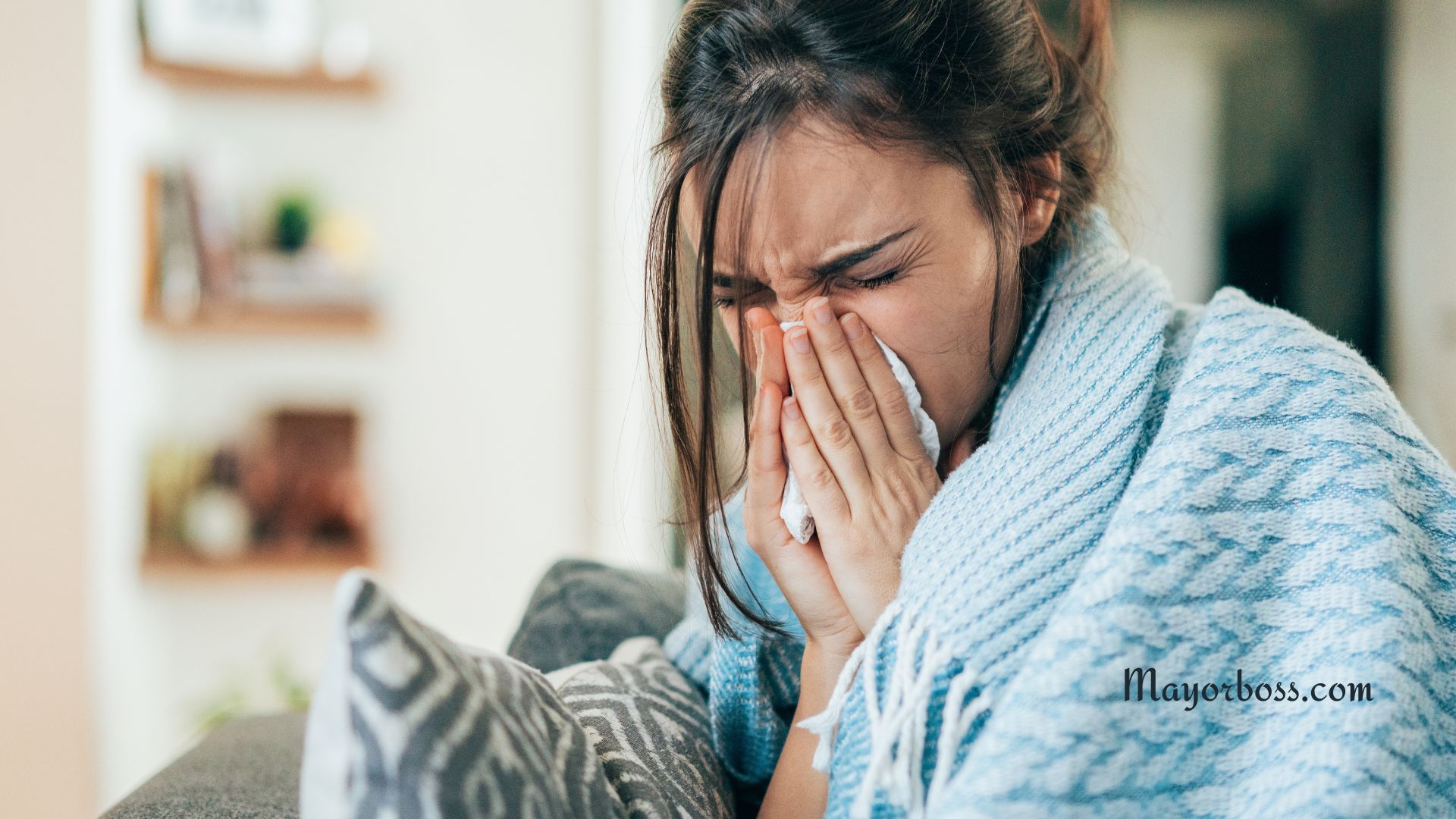Red Spots on the Skin? Here’s What They Could Be & What To Do
Red spots on your skin can be alarming, but they’re often not as serious as they might seem at first glance. These spots can come in various shapes, sizes, and shades, and the reasons behind them are just as diverse. From temporary irritations to underlying health conditions, understanding the potential causes of red spots on your skin is the first step toward addressing them. In this article, we’ll dive into the common culprits behind these red spots, offer guidance on when to seek medical attention, and provide tips for managing and preventing them.

Common Causes of Red Spots on Skin
- Allergic Reactions: Allergies to foods, medications, or environmental triggers can manifest as red, itchy spots on the skin.
- Infections: Bacterial, viral, or fungal infections can lead to the development of red spots. Conditions such as chickenpox, shingles, or impetigo are notable examples.
- Inflammation: Dermatitis, eczema, and psoriasis are inflammatory conditions that can cause red, flaky, and sometimes itchy spots on the skin.
- Heat Rash: Blocked sweat ducts during hot, humid weather can cause clusters of small, red spots.
- Insect Bites: Bites from mosquitoes, fleas, or bedbugs often appear as red, itchy bumps on the skin.
- Blood Disorders: Conditions affecting blood clotting or circulation, such as vasculitis or petechiae, can result in red spots.
- Skin Cancer: Although less common, some skin cancers like basal cell carcinoma or melanoma can initially appear as red spots.
When to Seek Medical Attention
You should consult a healthcare professional if you notice:
- Persistent spots that don’t improve or worsen over time.
- Spots are accompanied by other symptoms like fever, fatigue, or unexplained weight loss.
- Signs of infection around the spots, such as pus, swelling, or increased warmth.
- Large, rapidly spreading, or painful spots.
Management and Prevention Tips
- Identify and Avoid Triggers: Pay attention to any correlations between your red spots and specific foods, products, or environmental factors.
- Maintain Skin Hygiene: Regularly wash your skin with a gentle cleanser to prevent infections and manage conditions like eczema.
- Use Over-the-Counter Treatments: Antihistamines for allergies, hydrocortisone cream for mild dermatitis, and soothing lotions for dry skin can be effective.
- Stay Hydrated and Cool: To prevent heat rash, drink plenty of fluids and dress in breathable clothing during hot weather.
- Protect Your Skin: Use insect repellent, wear protective clothing to avoid bites, and apply sunscreen to protect against UV damage.
Frequently Asked Questions
1. Can stress cause red spots on the skin? Yes, stress can trigger or exacerbate conditions like eczema or psoriasis, leading to the appearance of red spots.
2. Are red spots on the skin contagious? It depends on the underlying cause. Red spots resulting from infections like chickenpox or impetigo are contagious, while those caused by allergic reactions or chronic conditions are not.
3. How can I tell if a red spot is skin cancer? Early detection is key. Look for spots that are asymmetrical, have irregular borders, change color, grow in size, or don’t heal. Any concerns should prompt a visit to a healthcare professional.
Remember, while red spots on your skin can be concerning, they’re often treatable or manageable with proper care and attention. If you’re unsure about the cause of your red spots or how to treat them, seeking advice from a healthcare provider is always the best course of action.






